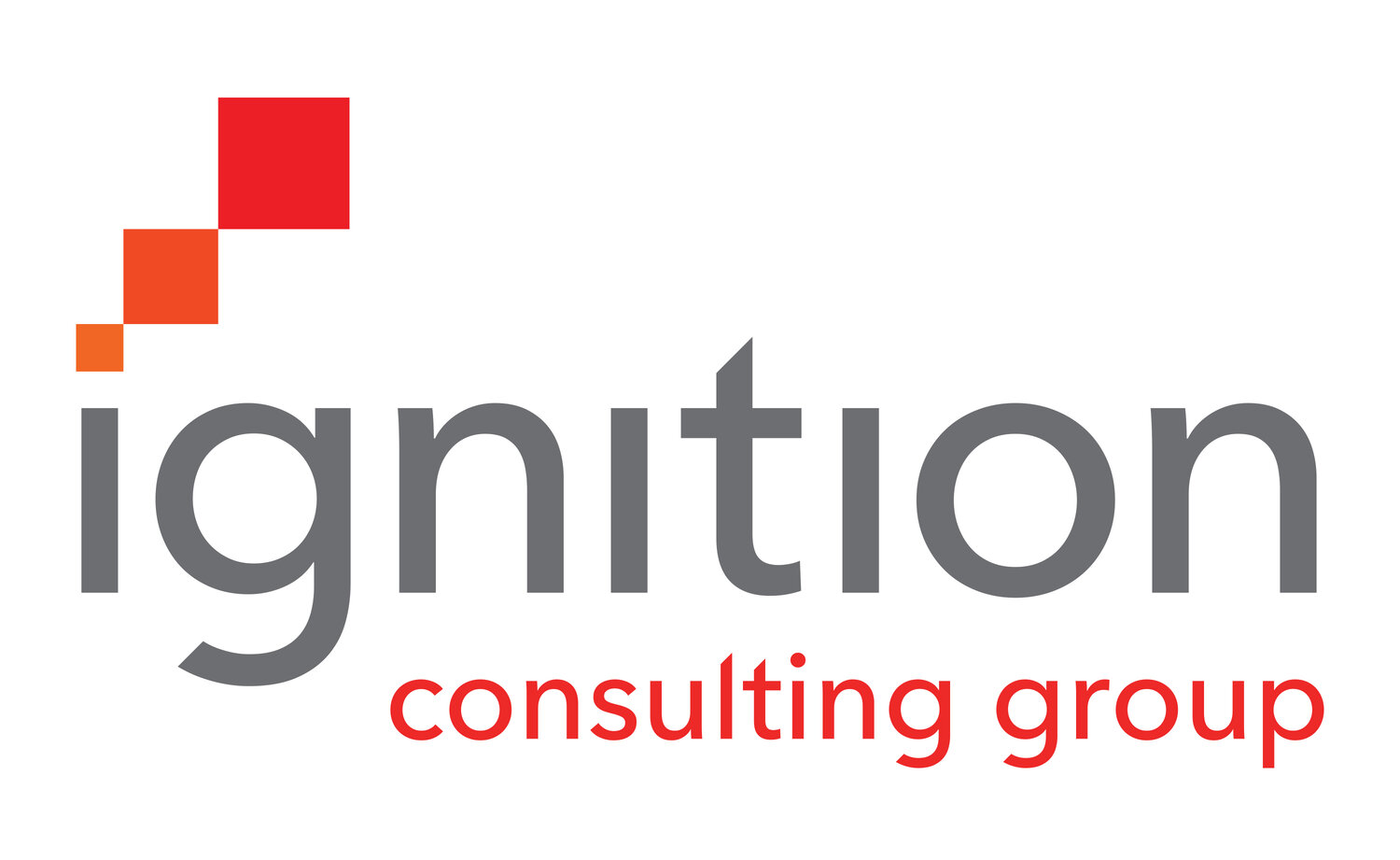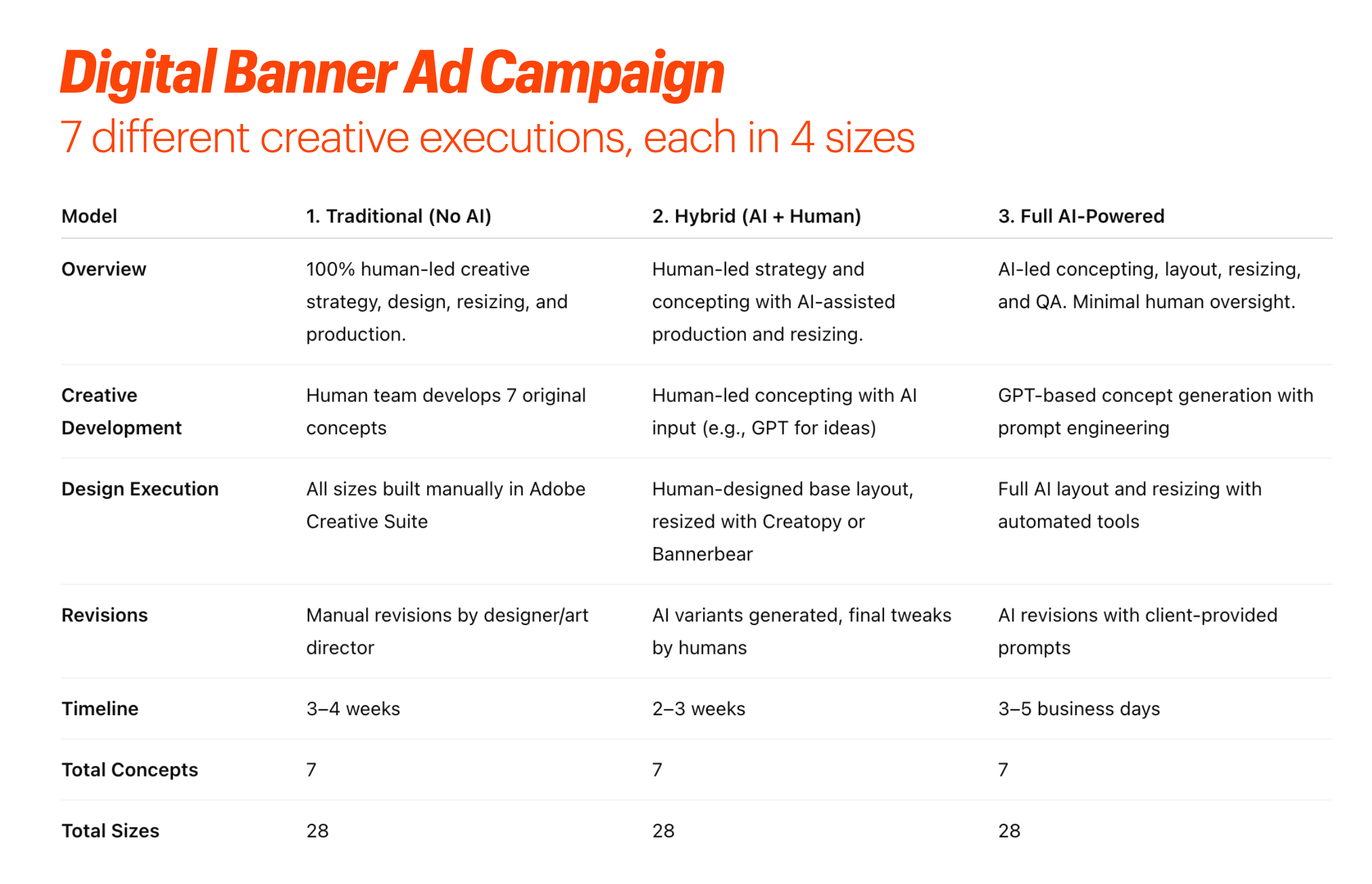AI is Transforming the Economics of Agency-Client Relationships
By Tim Williams
It’s time for marketing procurement professionals to wake up to the fact that artificial intelligence has made hourly billing irrelevant.
What’s the point of asking agencies for their schedule of hourly rates when much of their work is being done by machines? With AI-powered tools helping with everything from strategic planning to creative and production, what agency professionals put on their timesheets is increasingly pointless.
Yet many procurement departments in marketing organizations continue to insist that their agencies report hours. The time-based system that still forms the basis of many agency-client retainer relationships represents a head-in-the-sand approach unmoored from the realities of how today’s agencies get their work done.
The fix is simpler that you think
Procurement professionals pretend that switching to a different compensation would be difficult and complex, and thus mount a fierce resistance to a system that doesn’t conform to their usual way of doing things. But there’s actually a simple fix. Stop paying agencies for the time they spend and start paying them for the deliverables they produce. Pay your agencies for outputs instead of inputs.
Smart agencies everywhere are currently in the process of developing comprehensive pricing guides — databases of agency outputs of various types, shapes and sizes — and the corresponding prices charged to their clients. Agencies can easily assemble scopes of work that show detailed deliverables and pricing for each asset.
The price of each asset is set based on the market value of the deliverable, not the time required to produce it. It should be irrelevant to clients whether the agency uses automation or generative AI to help produce the asset, or if technology played no role at all. Clients are paying for the outputs, regardless of how they’re developed.
Three choices for how you create your work
Agencies now have three different choices for creating deliverables:
1. Traditional: 100% human powered
2. Hybrid: Combination of human-powered and AI-powered
3. AI: 100% AI powered
Obviously the cost to the agency varies substantially depending on which path they take for each individual output, but that shouldn’t necessarily dictate the price. The client is buying seven digital banner ads, and it's up to the agency to decide which of the above approaches will produce quality assets delivered in a timely way at a price the client will view as fair.
Over time, as the new AI-powered business model takes hold, it’s inevitable that the average price per asset will decrease. That’s because it will become increasingly apparent that AI is driving agency costs down, and clients will rightfully expect to benefit from this trend.
This doesn’t mean, however, that agencies will earn less money. Clients will be able to produce more assets for the same budgets, so overall spending through the agency will remain stable. Importantly, the margins earned by the agency for each asset will be higher as AI takes on more of what would normally be done by humans.
This creates a true win-win: clients get more bang for the buck and agencies earn more profit from the same budgets.
Agency AI meets procurement AI
The other dynamic related to how client organizations are procuring agency services is the role of AI in the actual procurement process. Just as we see headlines about job applications written by AI are being reviewed by organizations that are also using AI, professional buyers of marketing services are using a simpler approach.
Agencies are using AI tools to respond to RFPs, which are in turn being screened and reviewed by AI-powered evaluation tools in client organizations. Specifically, procurement professionals are leveraging AI to:
Score proposals against predefined criteria such as pricing, team composition, geographic footprint, and adherence to diversity (DE&I) or sustainability (ESG) requirements.
Extract key data such as pricing, timelines, and staffing into standardized dashboard for side-by-side comparison.
Flag non-compliance including missing information or answers that AI believes to be vague or copied from generic templates.
Assess risk by scanning public data to alert procurement of potential financial instability, loss of key executives, data breach reports, etc.
More importantly, progressive professional buyers are using AI platforms to predict creative effectiveness by running spec creative through AI tools like Brainsuite to produce scores for attention, emotion, memorability, and potential business impact.
At the most basic level, procurement departments are using tools like Zip to scan written proposals and identify key themes, assess the sentiment (e.g., confident, cautious), and check for consistency in the agency's "strategic approach" versus what was asked for in the RFP.
Time is the wrong monetization mechanism
Remember the importance of human insight and involvement in this process. Most professionals have become adept at detecting documents that are written by machines instead of people, so take care to inject the same level of creativity and innovation in documents submitted to procurement as you apply to solving client business problems.
Finally, understand that most marketing procurement professionals have a rudimentary understanding of the time savings produced by AI tools in an agency environment. This is precisely why you must move completely away from “time” as your main monetization mechanism. You simply cannot capture the AI-assisted value you create for your clients based on hourly billing.
Instead, package what you do not as “services” or “capabilities” but rather as programs and products designed to solve business problems. Sell and price solution sets, not staffing plans. Because if you’re still billing by the hour, your revenues are about to take a nosedive.



